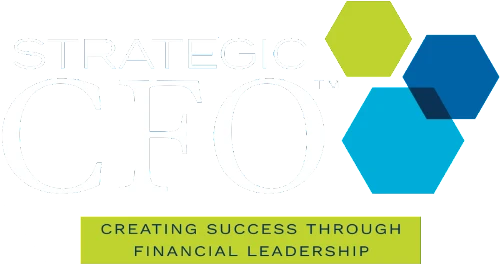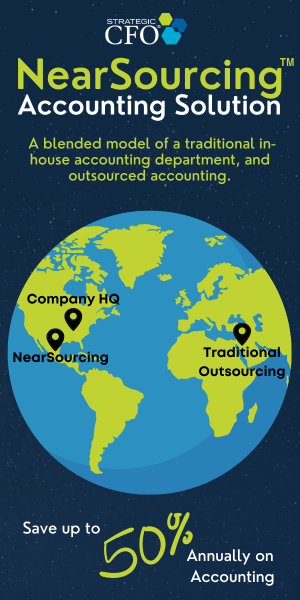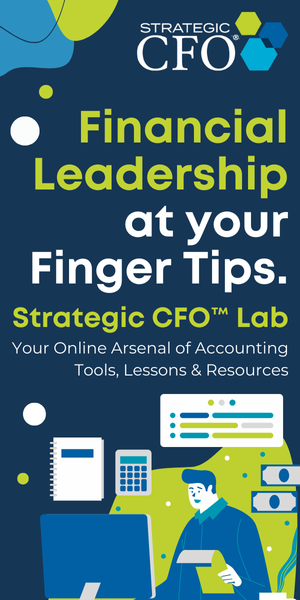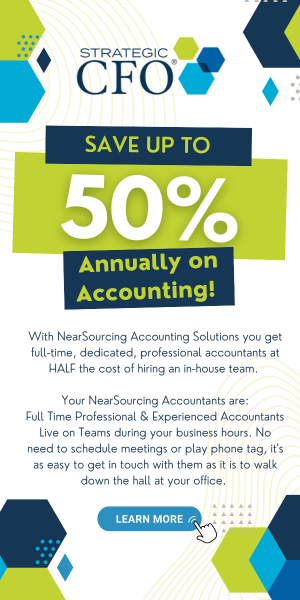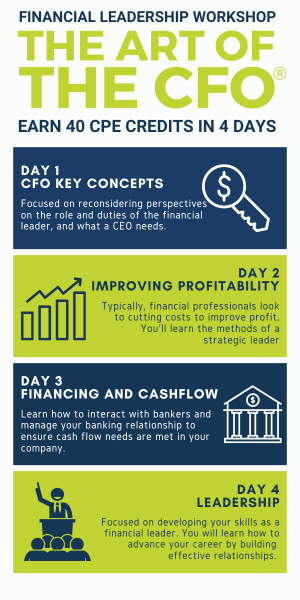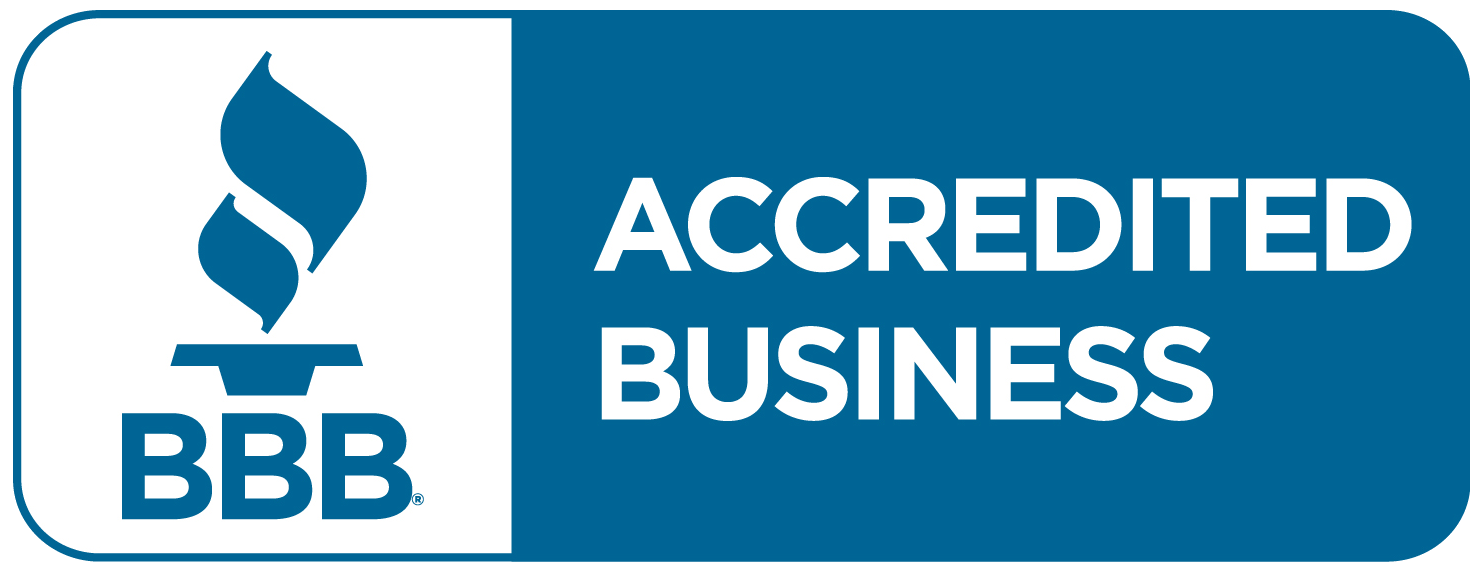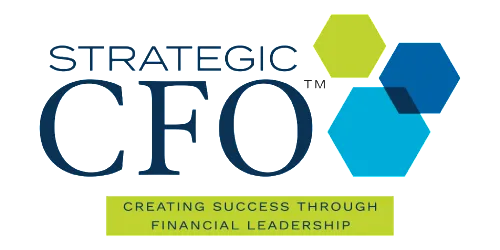Profit Doesn’t Mean You Can Pay Your Bills: Understanding the Cash Flow Disconnect
Two companies report the same net income. One is thriving, the other can’t make payroll… At first glance, this makes no sense. Isn’t profit the whole point? If the income statement says you’re making money, shouldn’t cash be piling up?
Not necessarily.
Profit ≠ Cash Flow
Many CEOs make the critical mistake of equating net income with available cash. This misunderstanding leads to painful surprises, like overdrawn bank accounts, delayed vendor payments, and sleepless nights wondering how a “profitable” business is out of money.
Profit is an accounting concept. It reflects how much your revenue exceeds your expenses on paper. But it doesn’t track when money actually enters or leaves the bank. That’s where cash flow comes into play.
If your CFO hasn’t walked you through the difference between profitability and liquidity, now is the time.
Why Profitable Companies Run Out of Cash
Ironically, many companies experience cash shortages precisely because they’re growing profitably. Here’s how it happens:
- You close more deals
- You invest in inventory or ramp up fulfillment
- You extend credit to customers (A/R grows)
- Vendors shorten your payment terms or demand prepayment
The result? You owe more, you’ve spent more, and you’re waiting longer to get paid. Your working capital tightens, even as sales rise.
This is the classic cash conversion trap and it hits hard if you’re not actively managing it.
The P&L Can’t Answer This Question
If you’ve ever looked at a record-high profit line and still struggled to make payroll or pay taxes, the issue lies between your P&L and your bank balance.
The income statement doesn’t show:
- How long customers take to pay
- When you bought inventory versus when it sells
- How much cash is tied up in work-in-progress
- Deferred revenue obligations
- Capital expenditures or loan repayments
In short, it doesn’t reflect timing and that’s everything in cash flow.
Map the Cash Conversion Cycle
To understand where the money is going, start by mapping your cash conversion cycle (CCC). This measures the time it takes for a dollar spent to come back as a dollar collected.
A simplified formula looks like this:
CCC = Days Inventory Outstanding + Days Sales Outstanding – Days Payable Outstanding
- Inventory Days: How long cash is tied up in stock
- Receivables Days: How long it takes to collect from customers
- Payables Days: How long you have to pay vendors
If your CCC is long or getting longer, you’re likely short on cash even if profitable. That’s your clue.
Fix the Choke Points
Once you identify the cash traps, focus on optimization:
- Tighten credit terms for customers
- Accelerate invoicing and follow-up
- Negotiate better terms with vendors
- Improve inventory turnover or reduce holding
- Stagger large expenses and capital purchases
Better yet, build a 13-week cash flow forecast that mirrors your operations. Stop relying on the P&L to predict the future. Use actual cash in and cash out timing to plan ahead.
Find the Cash-Flow Tune Up Tool inside SCFO Lab.
The Real Role of the CFO
A strategic CFO doesn’t just report the numbers. They interpret them. They translate profit into liquidity and prevent the disconnect that derails growth.
Most importantly, they train leadership to stop asking “What’s our profit?” and start asking “Do we have enough cash to execute our plan?”
Because if you can’t pay your bills, it doesn’t matter what your income statement says.
Need help mapping your cash conversion cycle or building a forecast that gives clarity, not confusion?
Schedule some time to chat with us, no-strings attached.

